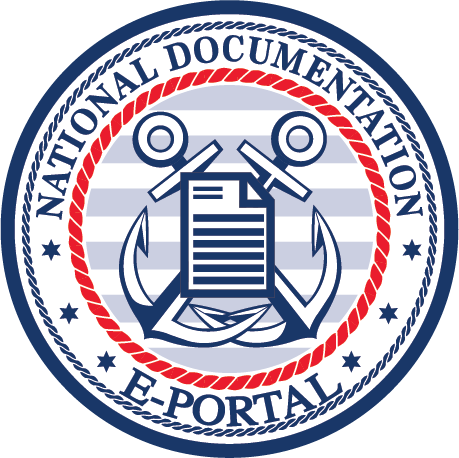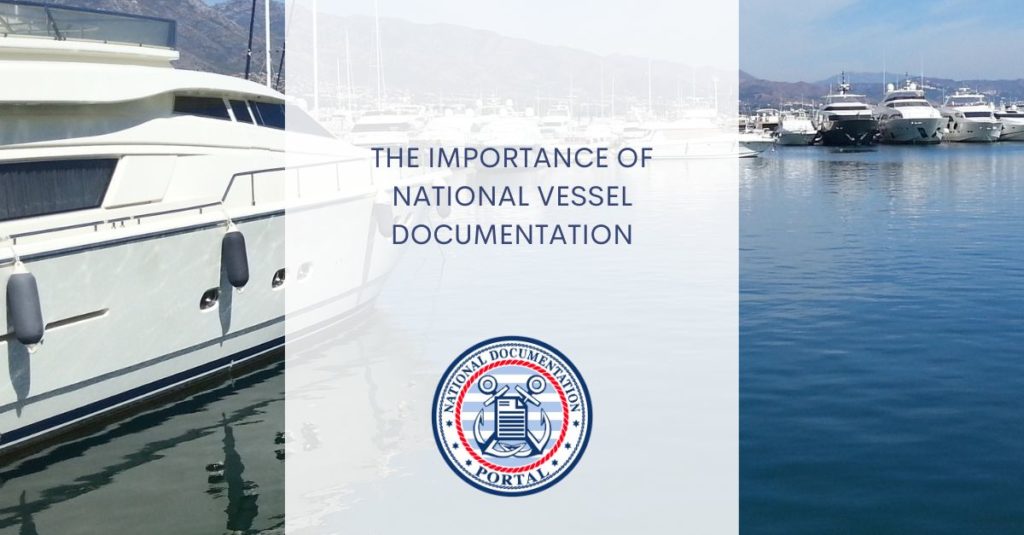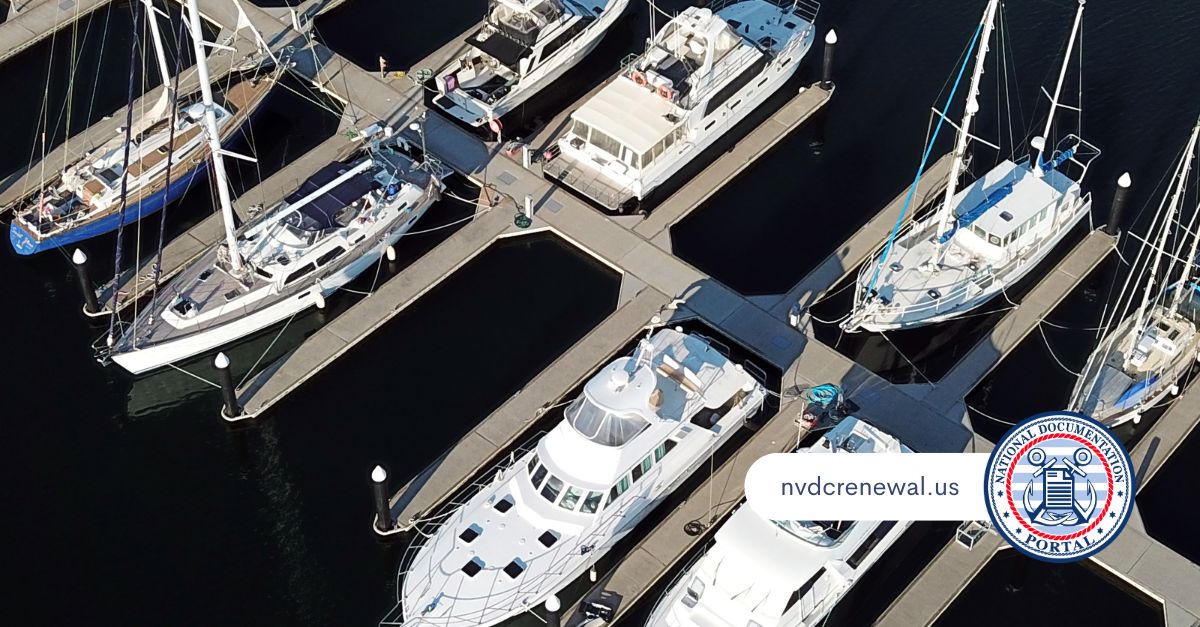For those who are completely inexperienced in the world of vessel ownership, it is important to understand that there is a lot of red tapes and admin that goes into making everything above board and legal. It isn’t simply a case of exchanging money for a boat and getting on with your life on the water! Along with good seamanship, the most important element of vessel ownership is ensuring that all of your documentation is correct and in order. This is important from a personal point of view, for other vessel owners and users and also for the US Coast Guard in its position of representing the US government. Here is what you need to know about National Vessel documentation.
What Is Vessel Registration?
Dating back to the time when the country was heavily reliant on marine transportation, vessel registration was one of the first systems that the government ever put in place. Vessel registration was instituted to require vessels to disclose:
- Their purpose.
- Any exemptions they have.
- The details of their build and tonnage requirements.
Why Is Vessel Documentation Important?
Having a vessel certification of documentation is important for many different reasons. It helps to instantly verify ownership of a vessel and also permits the vessel to be available for preferred mortgages. Other reasons include being easily identifiable as international ports, enabling commerce with very little red tape, and allowing participation in certain trades like the recreational industry, the fishing industry, towing, dredging, and unrestricted coastwise trading.
Do You Need To Mark Your Vessel?
Once you have registered a vessel to receive a certificate of documentation, you will be required to mark it appropriately before you start to embark on the otherwise restricted activities. This involves displaying your given serial number in Arabic numerals on an easily visible part of the interior structure of the hull.
It is essential that this serial number is easy for others to see from outside of the vessel. This needs to be preceded by the abbreviation ‘NO’, and it needs to be a minimum of three inches in height (but preferably larger for maximum visibility). The number needs to be affixed to your vessel in a fashion that no removal, replacement, or alteration is obvious, and so that no damage or scarring is produced to the surrounding area of the hull.
The clearer and more visible you can have your serial number displayed, the easier your life is going to be aboard your vessel when the times arise that it needs to be checked by the relevant authorities wherever you happen to be in the world at the time.
If you would like to learn more about the process of applying for and receiving appropriate national vessel documentation, then a great resource to rely on is the National Documentation Portal. On the website, you’ll find everything that you could possibly need in order to make sure that your vessel ownership is correct and legal. We look forward to being able to help with any documentation you need to file.


